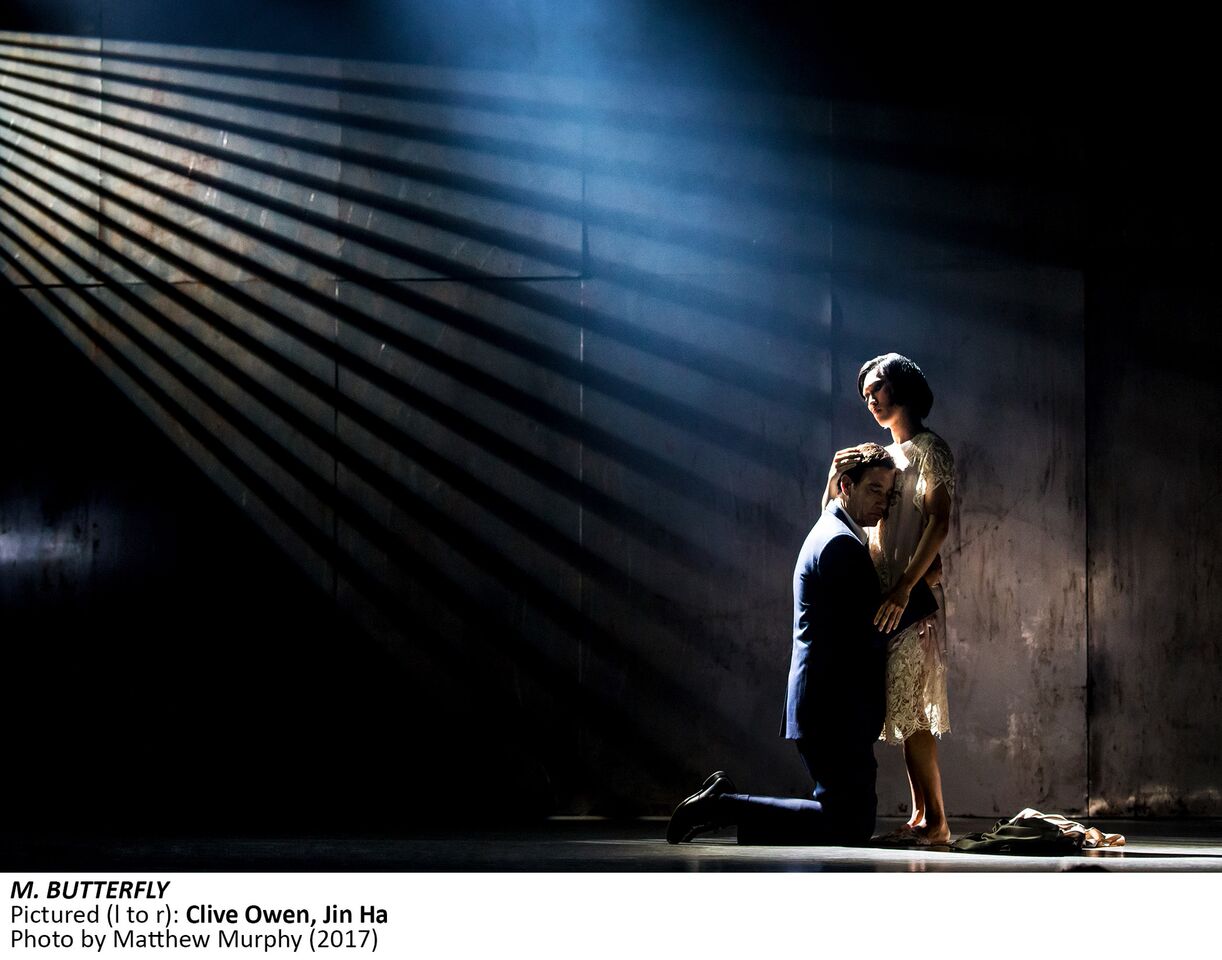by: JK Clarke
To say Tis Pity She’s a Whore is confounding and enigmatic is a vast understatement. No, not because it’s a difficult story to follow. More because it’s not easy to understand its purpose or why it was even written in the first place. The real pity one must feel is for playwright John Ford, who penned this oft-revived post-Elizabethan tragedy some ten to fifteen years after Shakespeare’s death. That he attempted to follow in the Bard’s footsteps is clear from the story. That he failed spectacularly is clear from the text. Nonetheless, it does not mean the play is bad, only that it isn’t what it sets out to be.
Subverting the structure of Shakespeare’s later comedies, which start out dark and foreboding (coupled with comic interludes) and conclude happily (i.e. Measure for Measure), Tis Pity begins lightheartedly, though with a scandalous and unsettling problem: siblings Annabella (a charming Amelia Pedlow) and Giovanni (Matthew Amendt) are in love and have—oh, good heavens!—conceived. We’re lead to believe by the actions of the first half that the biggest problem is that their father Signor Florio (Philip Goodwin) is in the process of finding a husband for Annabella. The whimsical interludes and comic structure at the beginning lead us to believe that the problem will, after some uncomfortable interactions, find some clever resolution in the second act. But, no, no, no! Simply not the case, for Tis Pity turns dark and bloody beyond the scope of Shakespeare’s most gruesome title, Titus Andronicus.
Though the plotline, sold as a “star-crossed lovers with an outrageous twist” melodrama, is basically an outrageous soap opera, Tis Pity does manage to sneak in some rather snarky political jabs, both at nobility and especially toward the clergy. It’s important to keep in mind that England was ruled, at the time, by Charles I, who would be executed for treason some 20 years (or less) hence; and also that England was still separate from the Vatican. So, stabs at the Catholic Church (the play is set in Italy), such as when the Cardinal (Rocco Sisto) looks over bloody mayhem and pops out with, “We’ll take these slaughtered bodies, see them buried;/ And all the gold and jewels, or whatsoever,/ Confiscate by the canons of the Church, /We seize upon to the Pope’s proper use” it is stark political humor. The general tone of hypocritical morality surrounding sexuality is an attack on the Church as well, and may explain why the most compelling and loving relationship we see on stage is between Annabella and her brother, as creepy as it is to behold.
Director Jesse Berger has made the most of a strange story with occasionally strong dialog and a pretty soliloquy or two, backed by fine performances by the ensemble, notably Clifton Duncan, making the most of his role as the very conflicted Lord Solanzo, and the Iago-esque Derek Smith as Vasques. With costumes (Sara Jean Tosetti) taken from a range of several centuries in a mish-mosh of styles, but attractive nonetheless (particularly the Cardinal’s magnificently oversized gown with shoulder pads that turn him into an ecclesiastical linebacker), there is a matching sense of directionlessness and ambiguity that fits nicely with the storyline.
Too much of the story is sensationalist, right down to the title, which has less to do with the play than it should, and is useless in capturing the play’s essence. What it succeeds best in doing is demonstrating the superiority and sheer beauty of Shakespeare’s works. It’s an entertaining enough endeavor, but its is unclear and doesn’t stand the test of time. Pity indeed.
Tis Pity She’s a Whore. Through May 15 at The Duke on 42nd Street (229 W. 42nd Street, between 7th and 8th Avenues). www.tispityshesawhore.com
























